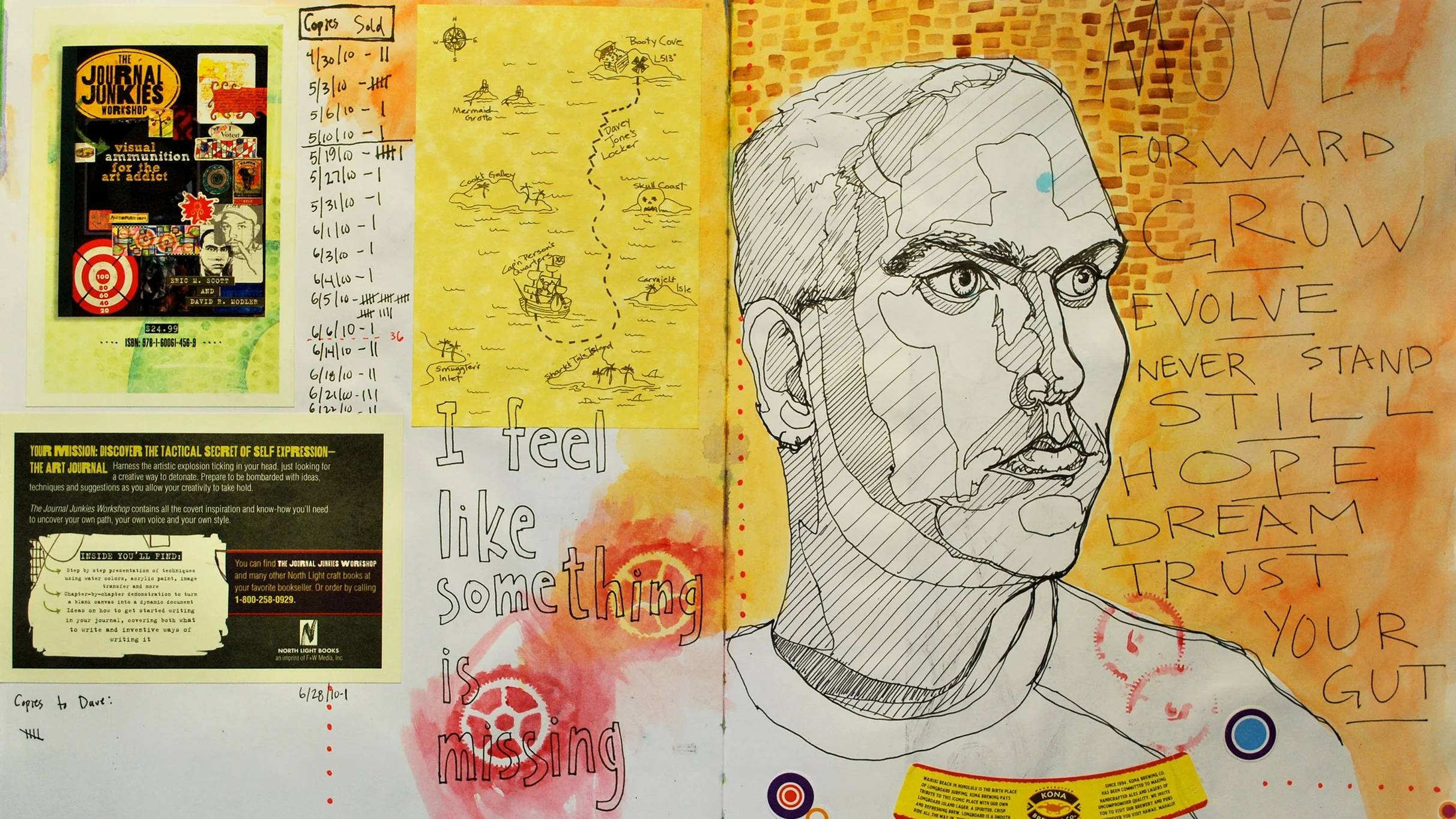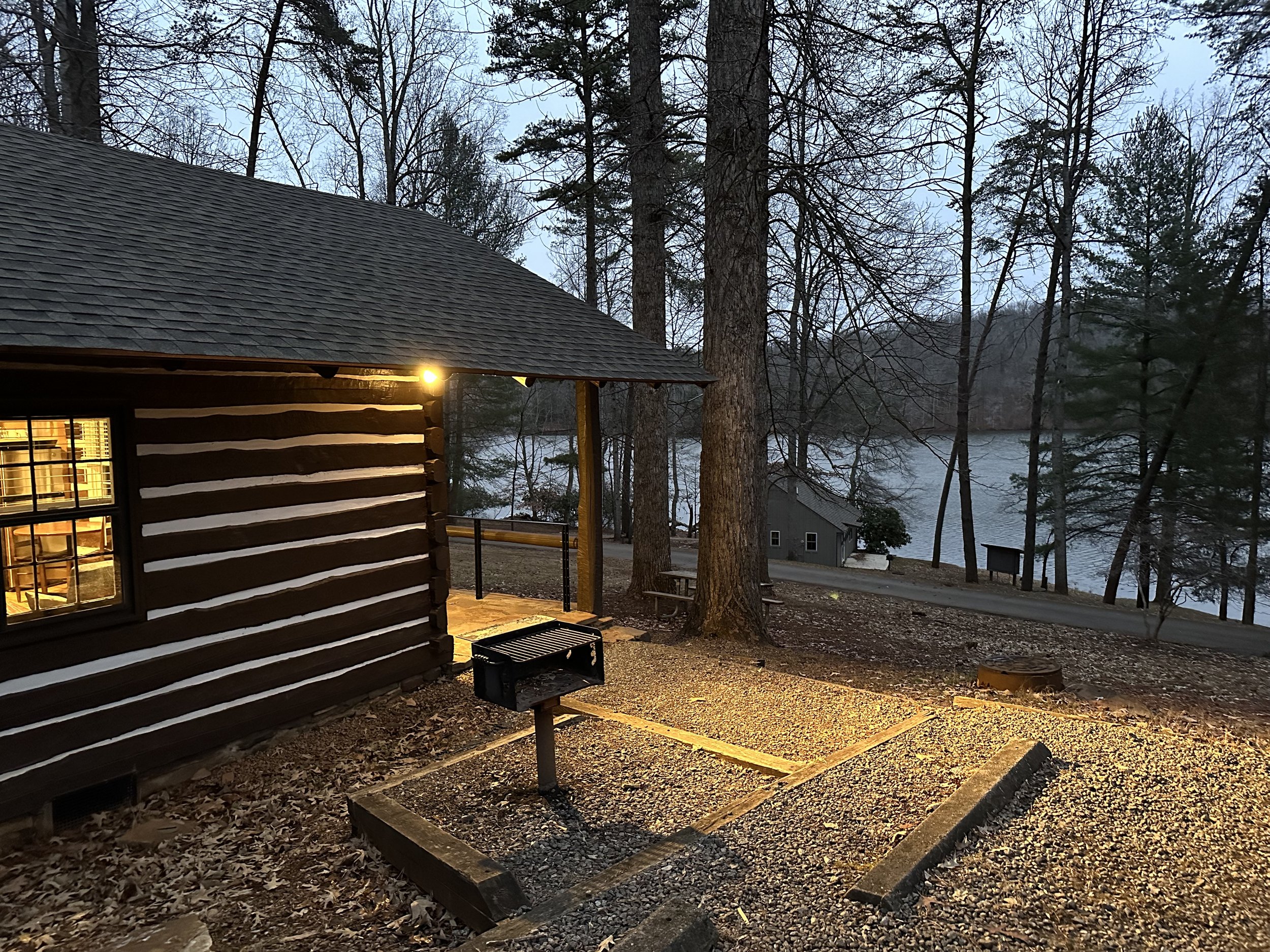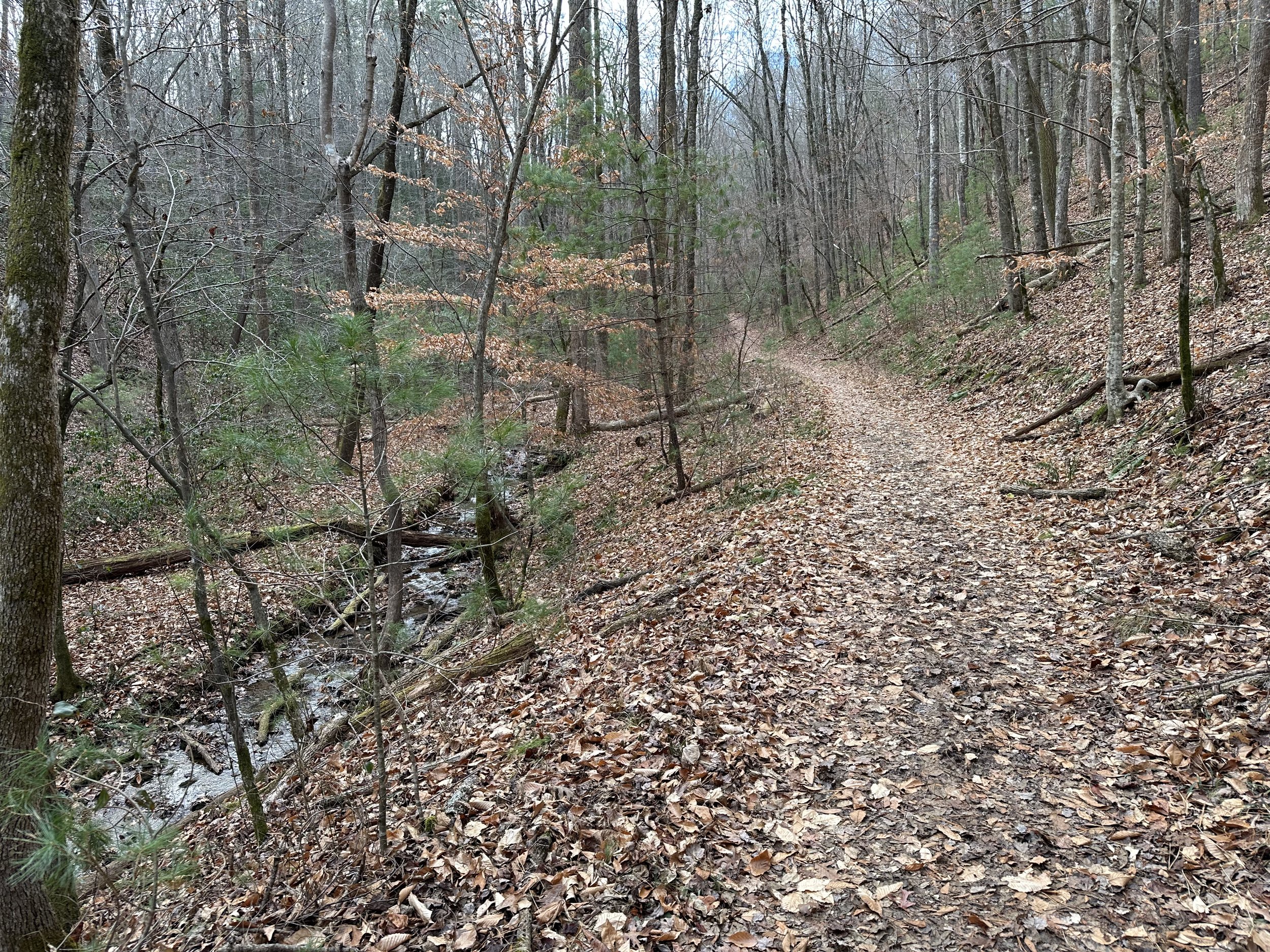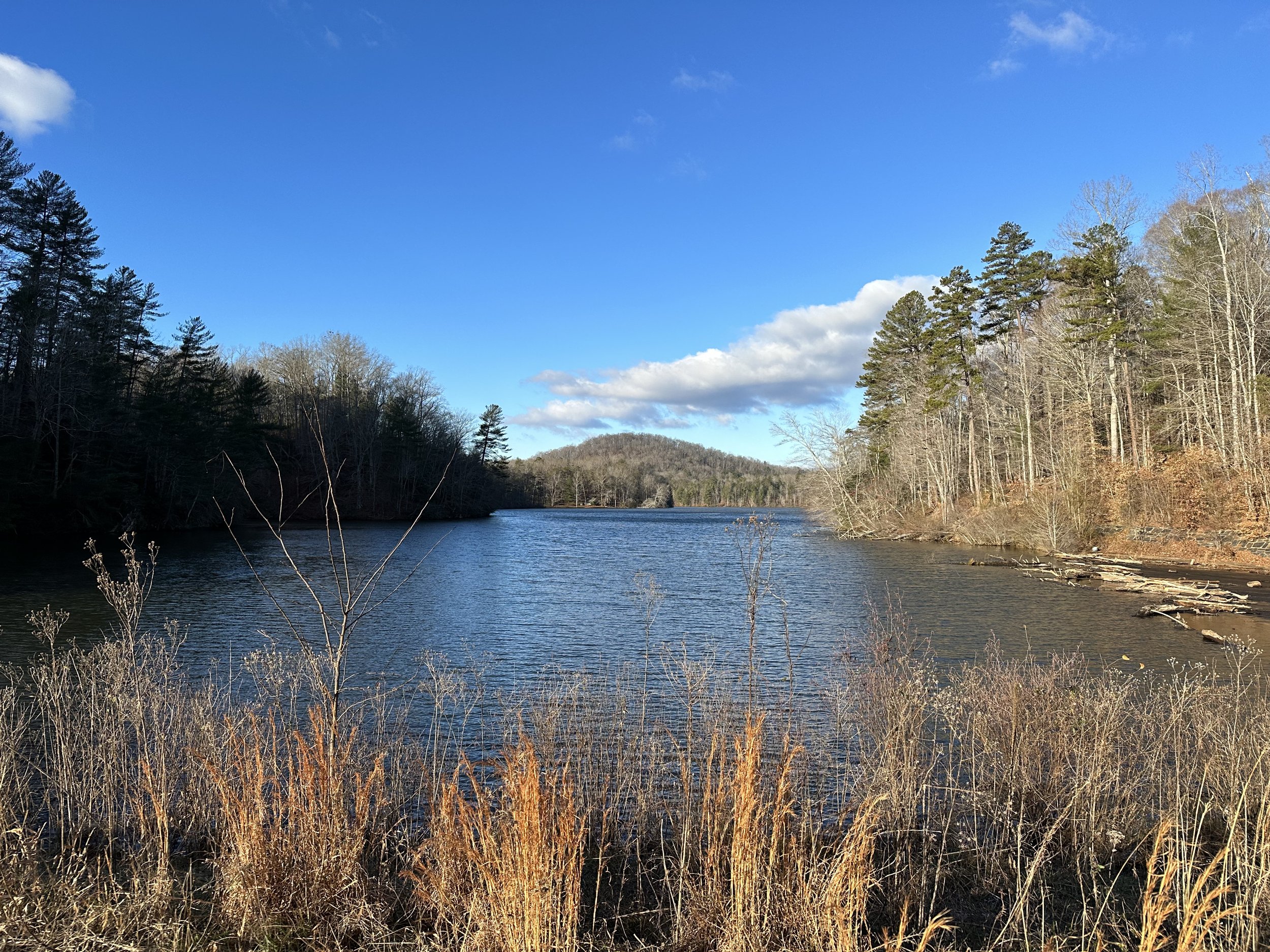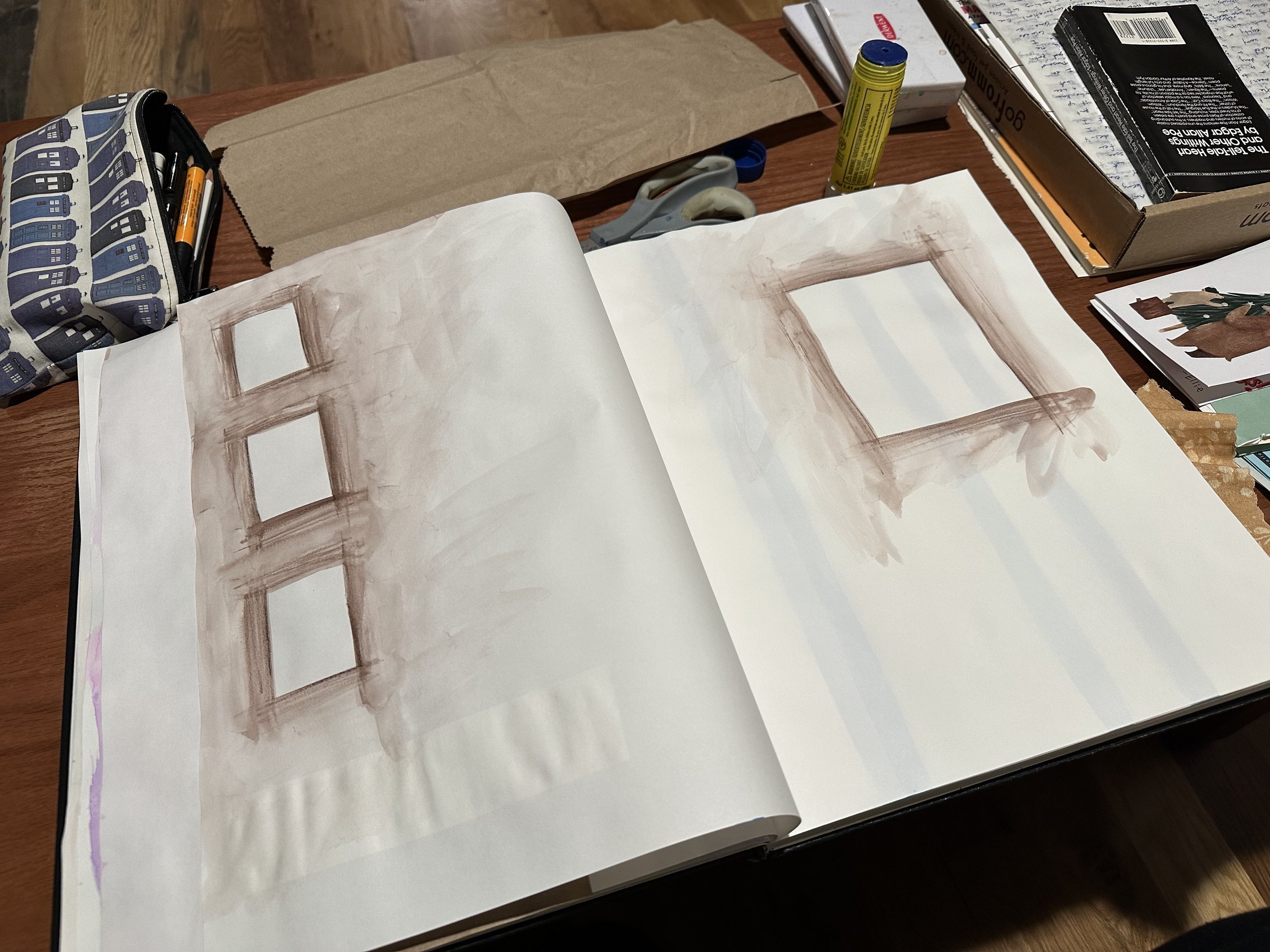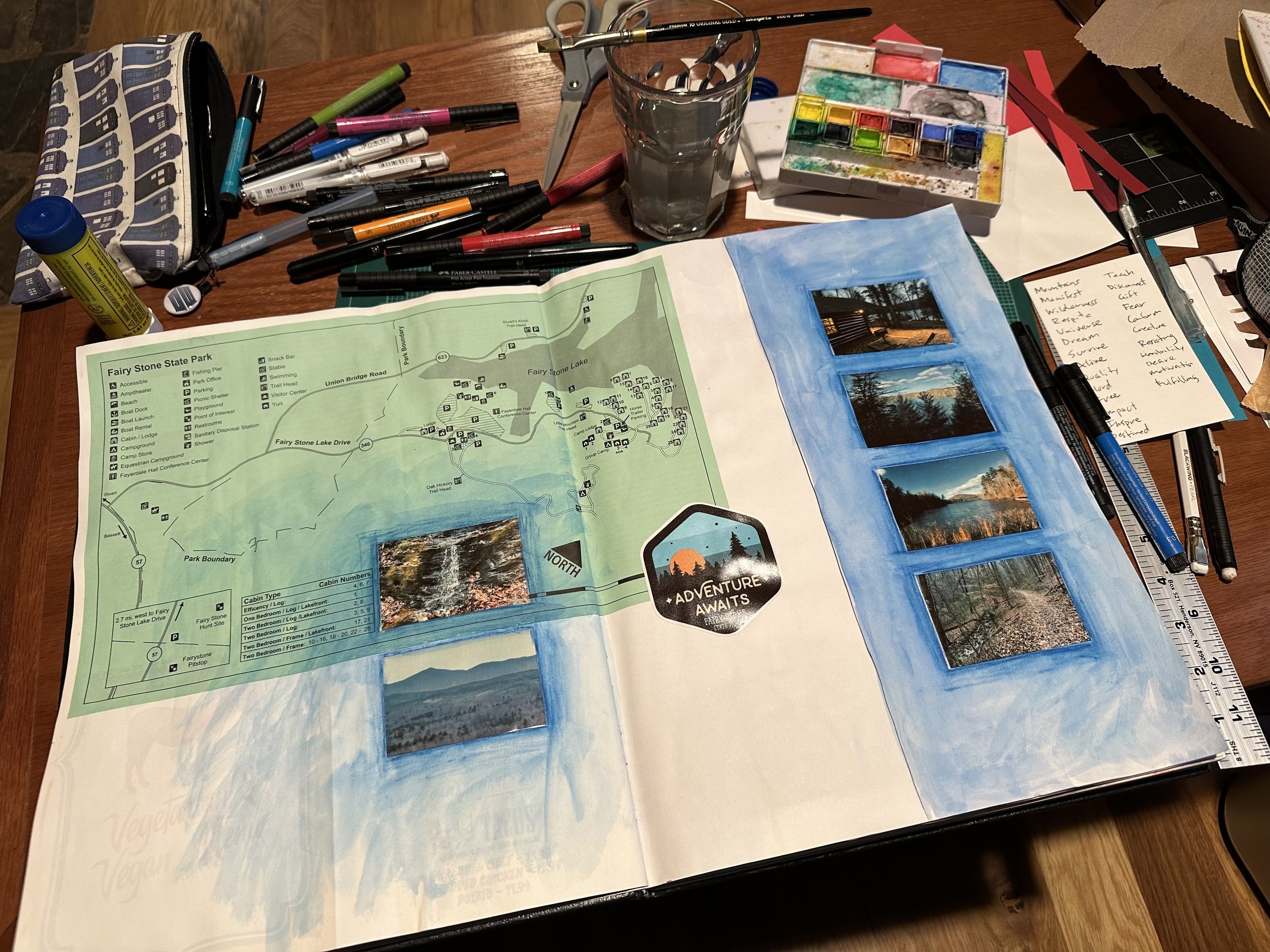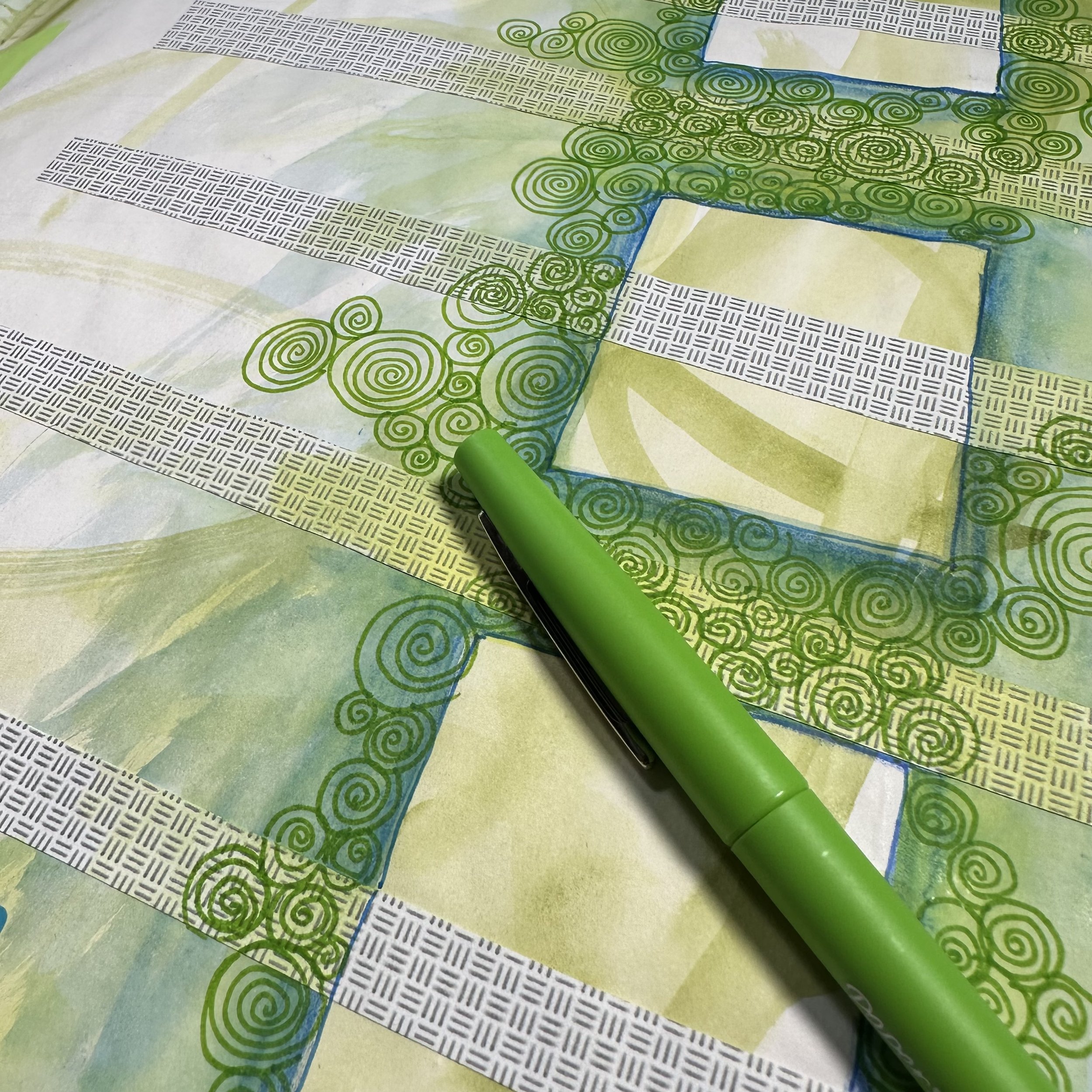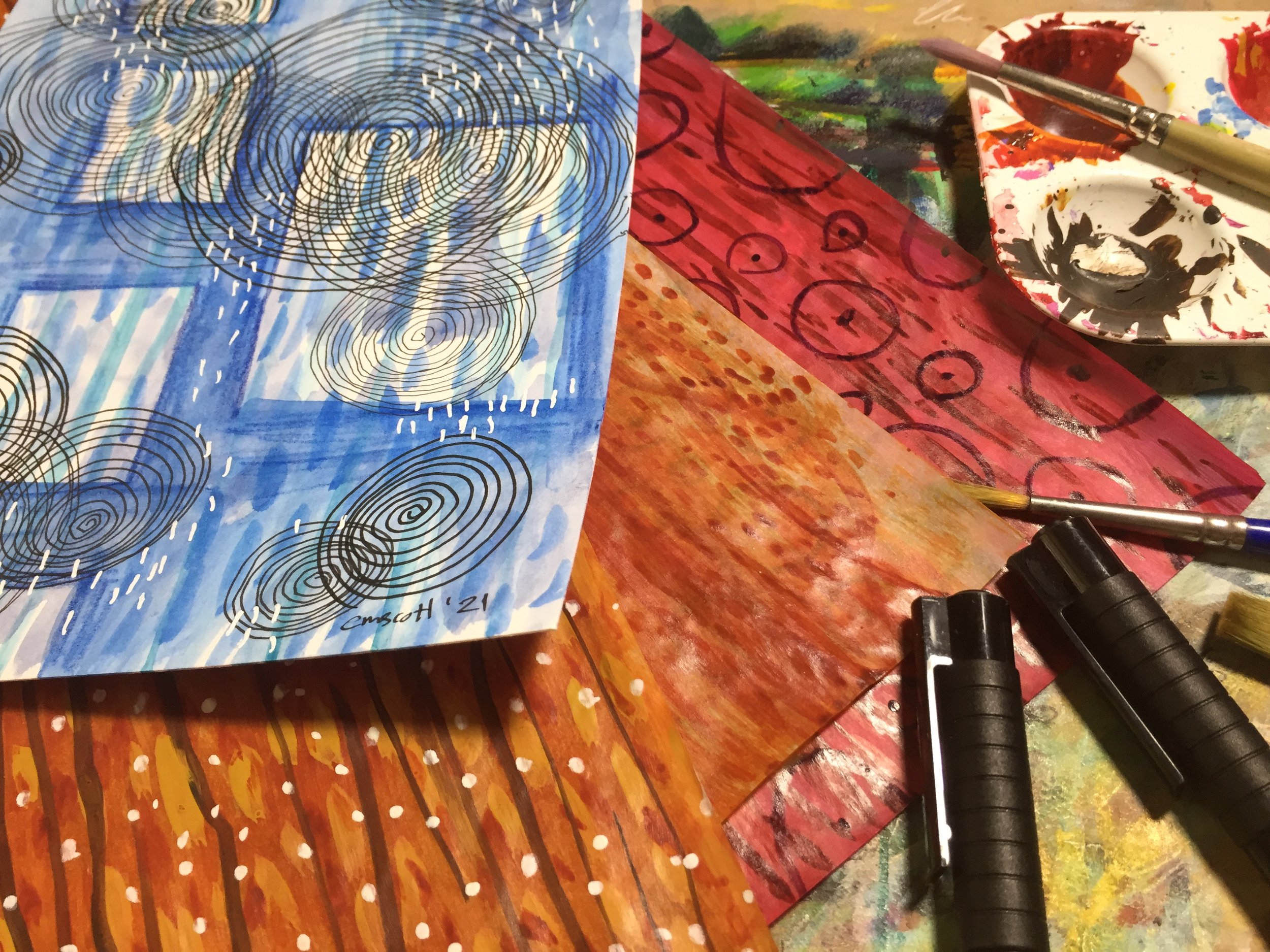I just turned 50, as in yesterday was my birthday. Like most folks who turn fifty, I’m left scratching my head with a slight puzzled look on my face thinking, “Half a century, huh?” I’m not freaked out about it. I’m not feeling too old, But there is something very rounded, almost symmetrical about being 50 years old. After all it’s halfway to 100. Oh, if I live that long. Whatever it is, reaching this age is a milestone like so many of the ages that end in a “0”. You hit 10, and you’re into double digits. You’re a big kid. You hit 20, and you’re more of an adult than you were at 18, but not quite as much of one as you are at 21. Then there’s 30, and you don’t feel so young and hip as you once did. At 40, you can really say that you’re middle aged. Then there’s 50, and by most estimations, it’s over the hill, that is if you don’t live to be more than 100. But for the majority of us, when we reach 50, we have more years behind us then in front of us. 50 may be just be barely over the hill, but we’ve definitely crested it. And it’s downhill from here.
For such a monumental occasion, I wanted to celebrate. When I turned 40, we had a big party and invited a bunch of friends to our house. It was a great evening of food, friends, music, and conversation. For 50, I wanted to have something a bit more low key—something more just for me. At first, I thought about having a guys weekend with some good buddies like we did last year when a close friend turned 50, but when you’re birthday is only three days before Christmas, there are already so many plans and commitments. I decided instead, on a solo getaway, and I couldn’t think of a better place to be than a cabin in the woods. Unfortunately, I don’t have an uncle or other relative that just happens to have a cabin in the woods, so I settled for one of the state parks here in Virginia. Most of Virginia’s state parks have cabins that you can rent, often near a lake, and I looked for parks that offered small cabins along with good hiking trails. I discovered that a few of the parks had small, efficiency cabins—a perfect size and cost for me. Only one park, Fairy Stone State Park had an efficiency cabin available for the time I wanted to go. This past week, I found myself up in southern Virginia by a lake staying in a log cabin at Fairy Stone State Park that was built back in the 1930s or 40s by the Civilian Conservation Corps.
I had a great time. I decided to approach it like solo retreat and kept to a flexible schedule, so I was up at 6am each morning, had breakfast, and then spent about 20 minutes meditating. Then by 8am I was out for a hike. Each day was a different hike anywhere from one to two and half hours. Then it was back to the cabin to make my daily collage and do some visual journaling. Lunch was at noon, and then it was back out for smaller afternoon hike around an hour long. Except for the day, I had to run to the grocery store to get a few things that I hadn’t even thought about needing when I packed, but I still managed to get in the bike after running my Errand. After my afternoon hike, I read and napped. Then it was some journaling and making art in the afternoon. Around 5pm, I started dinner, at least those two nights when I actually cooked. My last evening was a dinner of leftovers. By the time I had eaten and done the dishes, it was around 7pm and I hunkered down for an evening journaling session. Then some time to relax and read before going to bed. It was good to have a rhythm to the day that had some active parts, some artmaking parts, and some parts for rest.
No tv, no internet, no streaming videos, no social media. It’s amazing how disconnecting from all of that can be such a creative boost. But, I didn’t set out with any productivity goals in mind. I wasn’t going to write the great American novel or paint 50 masterpieces. I just wanted time to myself and for myself to make, move, read, and rest. It was glorious to give myself such a gift. It was a wonderful experience, and it helped me clarify some very important things and decide on some new directions for things to come. I’m already thinking about how my experience might translate into a retreat type of thing in the future for others to reconnect with themselves.
I was sad that last morning as I packed up. Though I couldn’t wait to get home and see my wife and my animals and to sleep in my own bed, I had a longing to stay for a few more days. There was just something about being in that small cabin with a blazing fire in the fireplace each night and reconnecting with myself. I can’t recommend the experience enough, and I encourage everyone to find the time and the place to go in solitude and spend time with themselves and for themselves.
I can’t wait to do it again, and I’d definitely go back to Fairy Stone.
I hope that the ending of one year and the beginning of another will bring you time to reconnect with yourself, your friends, and your family. I wish you a bright New Year!
Fairy stones that I found my last morning. These curious, geometrical stones give the park it’s name!
